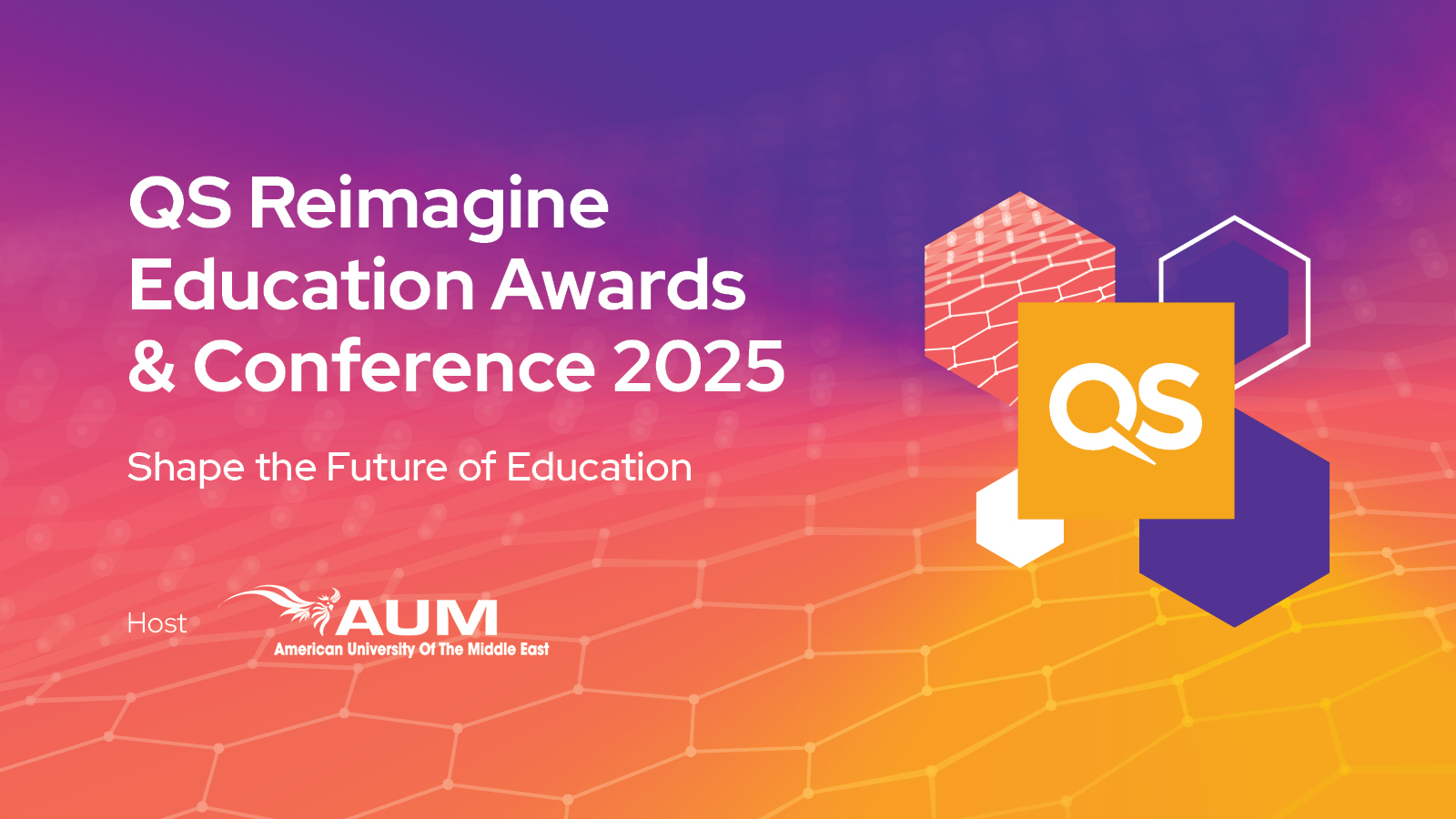Designing AI Feedback with Academic Integrity: A Guide for Higher Education

As artificial intelligence becomes more deeply embedded in higher education, institutions face a critical challenge: designing AI feedback systems that enhance teaching and learning without compromising academic integrity.
When implemented thoughtfully, AI grading and feedback tools can provide personalized guidance at scale, improve consistency, and reduce faculty workload. But without clear boundaries, these same tools risk eroding student trust, introducing bias, or enabling shortcuts that undermine authentic learning.
So how do you design AI feedback that’s not just smart, but also ethical, transparent, and aligned with academic values?
In this blog, we outline practical steps higher education institutions can take to uphold academic integrity while deploying AI-powered feedback and grading systems.
Why Academic Integrity Must Guide AI Feedback Design
Higher education institutions are under pressure to scale assessment and enhance student engagement. But shortcuts that prioritize speed over substance can backfire. Feedback must remain a space for formative growth, not a transactional output.
Without strong integrity frameworks, AI-generated feedback could:
- Reinforce grading bias or systemic inequities
- Be perceived as impersonal or algorithmic by students
- Encourage surface-level learning if students rely too heavily on AI
- Lack transparency around how decisions or comments are made
Preserving trust in the feedback process means prioritizing transparency, consent, clarity, and pedagogical alignment.
Five Principles for Ethical AI Feedback in Education
Here are five foundational principles institutions should follow when designing or adopting AI feedback systems:
1. Keep Humans in the Loop
Faculty must retain control over grading and feedback. AI should serve as an assistant, not an autonomous decision-maker. Ensure instructors can:
- Review and edit AI-generated feedback
- Add personal context or clarification
- Adjust tone and level of detail based on student needs
This approach also reinforces the educator-student relationship, a critical part of the student lifecycle.
2. Design for Transparency
Students should always know when feedback has been generated with AI assistance. Consider:
- Labeling AI-enhanced feedback clearly
- Offering students insight into how comments were generated
- Providing guidance on how to interpret and act on AI feedback
Transparent AI fosters student agency and reduces perceptions of automation bias.
3. Align Feedback with Learning Objectives
AI-generated comments must reflect the course rubric, academic standards, and learning goals. Ensure systems:
- Integrate course materials and instructor notes
- Use assignment-specific context when evaluating work
- Allow custom rubric alignment
Misaligned feedback erodes trust and reduces learning value.
4. Ensure Privacy and Compliance
Student data is sensitive and highly regulated. Institutions must:
- Choose FERPA- and GDPR-compliant AI platforms
- Offer opt-in and consent mechanisms for students
- Avoid storing or sharing data beyond its intended purpose
Trustworthy AI starts with transparent and secure data practices.
5. Audit for Fairness and Bias
Bias in AI grading can lead to serious equity concerns. Institutions should:
- Regularly audit AI feedback for tone, bias, or inconsistencies
- Include diverse data in AI training
- Provide mechanisms for students to flag inappropriate or unhelpful feedback
Bias mitigation is essential for inclusive teaching and equitable assessment.
How LearnWise AI Helps Institutions Embed Integrity into AI Feedback
The LearnWise AI Feedback & Grader was built with these principles in mind. It empowers educators to:
- Generate personalized, rubric-aligned feedback within LMS platforms like Canvas and Brightspace
- Control tone, length, and structure of AI feedback
- Align grading with course goals and learning outcomes
- Preserve transparency with instructor approval before publishing
- Maintain full data privacy and compliance with institutional policies
LearnWise also supports data analytics for the student lifecycle, helping faculty measure student engagement, identify patterns, and improve curriculum design.
Final Thoughts: Ethical AI is Intentional AI
AI feedback systems have immense potential to improve student success, reduce faculty burnout, and enhance assessment at scale. But the integrity of higher education depends on thoughtful implementation.
Institutions must treat AI not as a shortcut, but as a tool for empowerment, designed with care, used with transparency, and guided by pedagogical purpose.
If your institution is exploring AI tools for education, academic integrity should be at the heart of your strategy.
👉 Download our full guide to AI-Powered Feedback and Grading in Higher Education to dive deeper into best practices, ethical considerations, and real-world examples.



.png)


.png)
%20(1).png)
%20(1).png)
